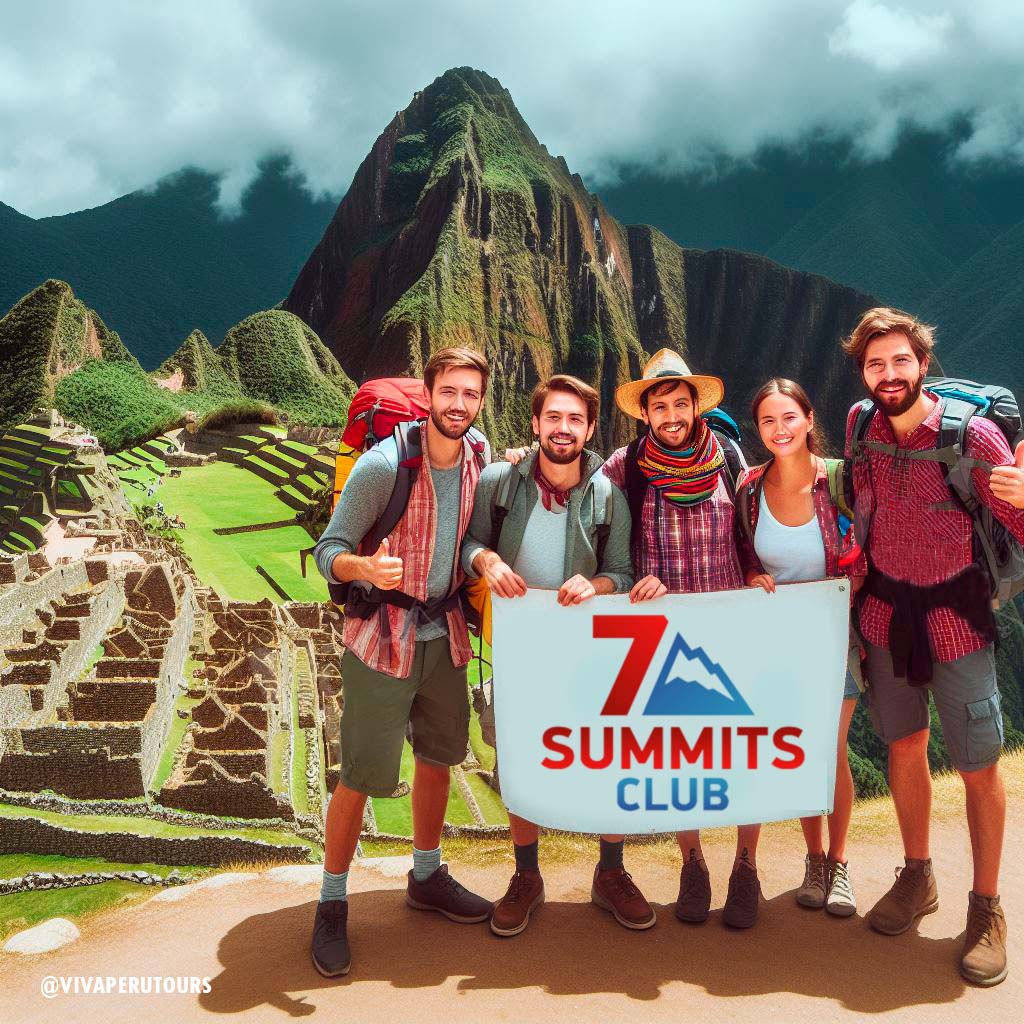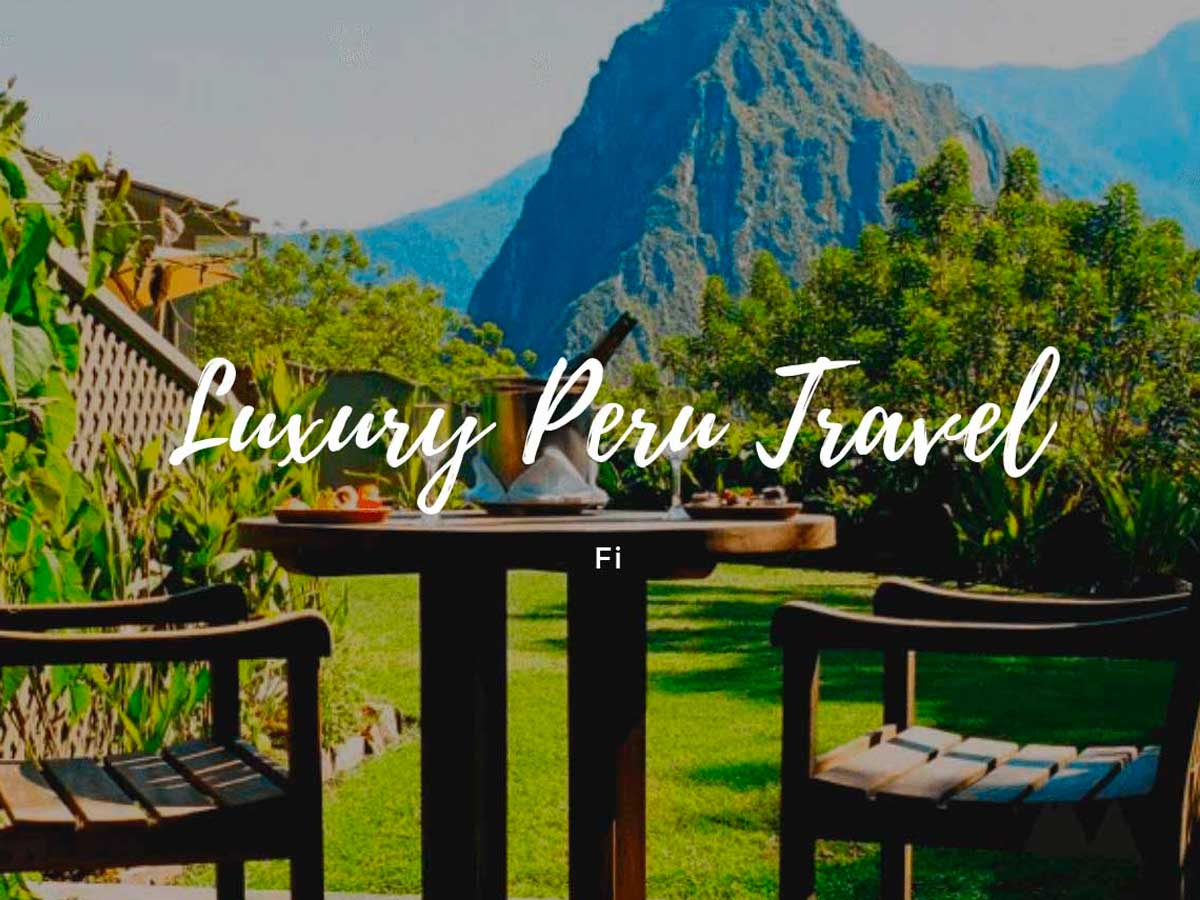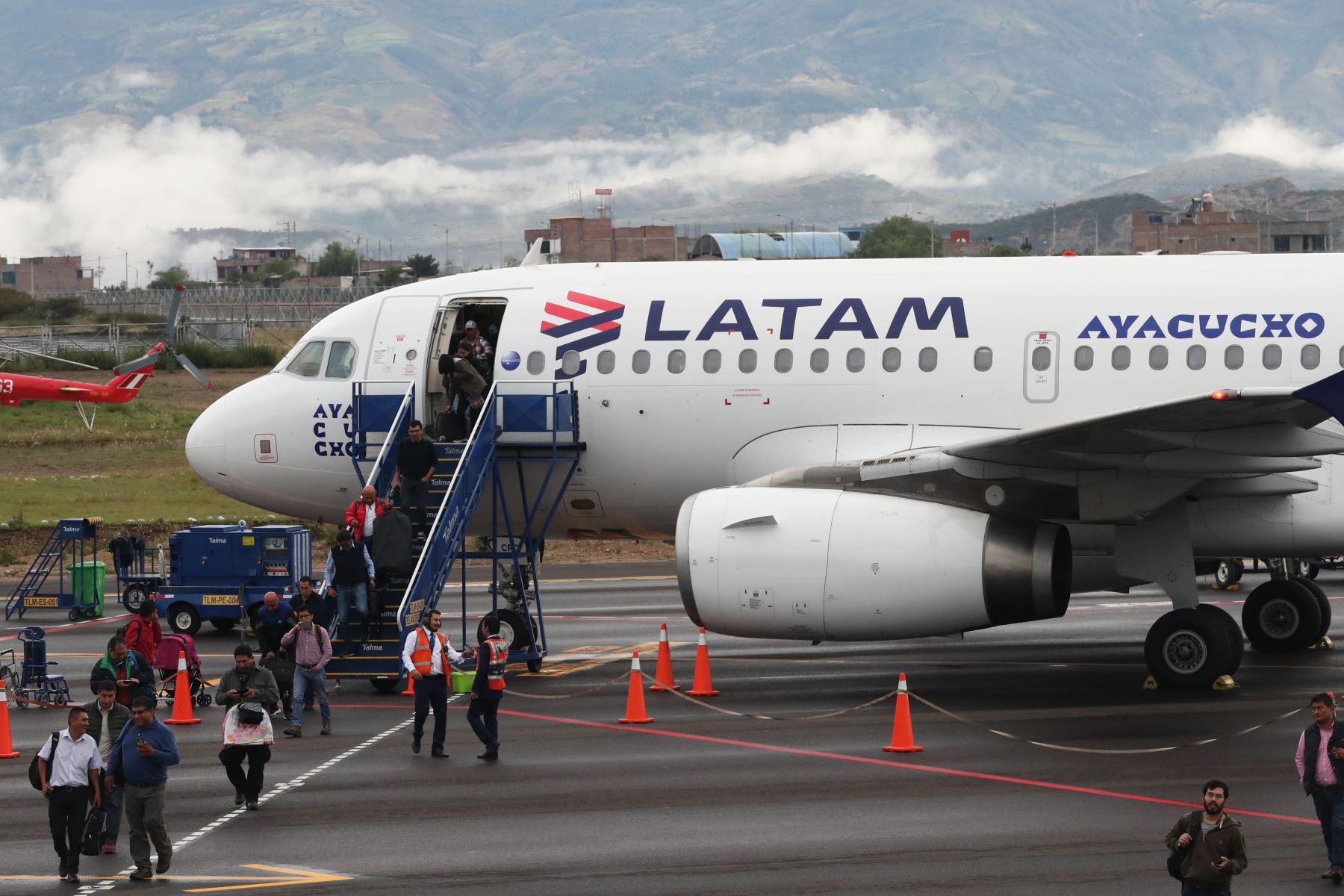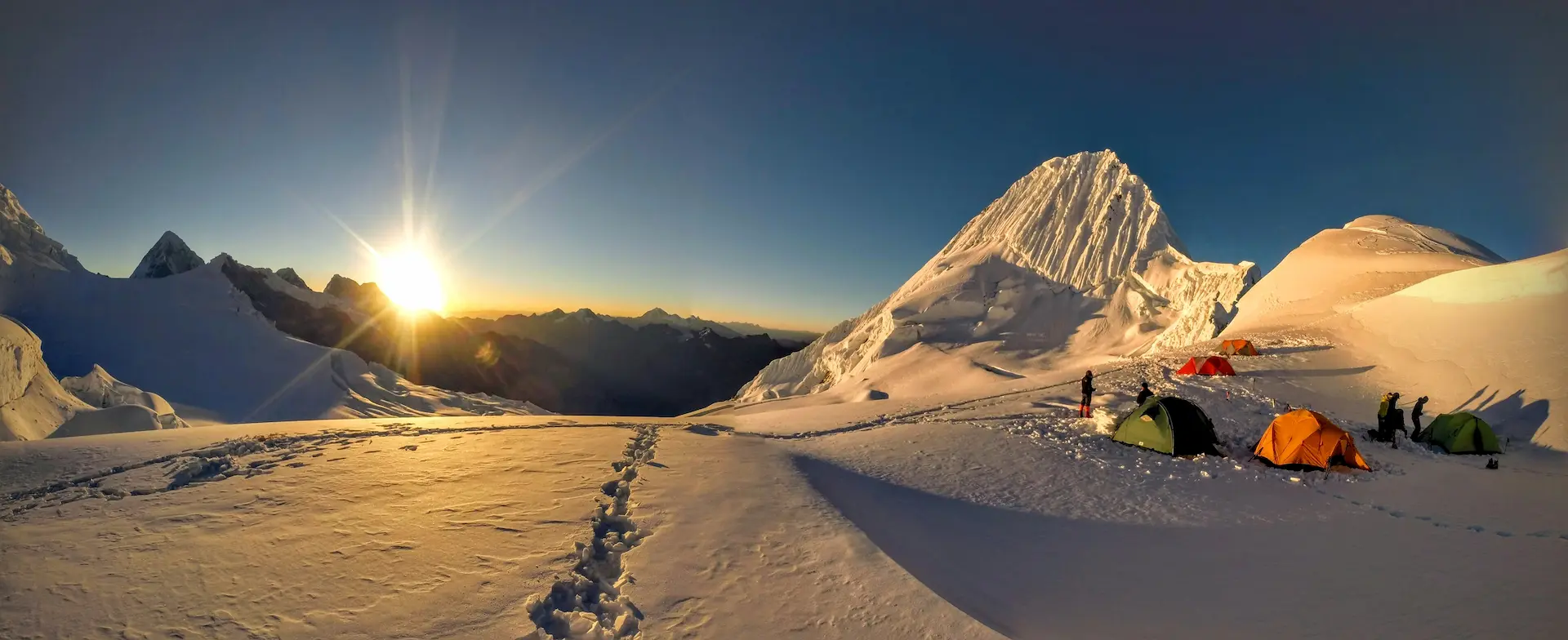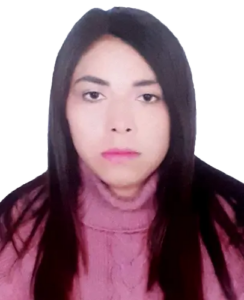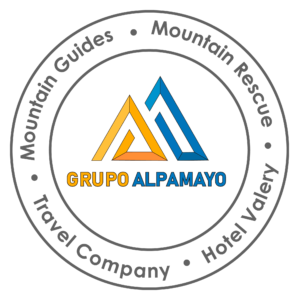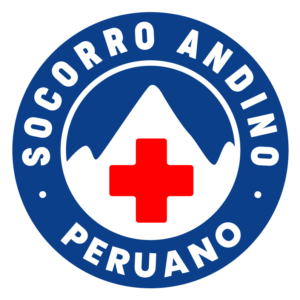Guardian of the Cusco region, it is the fifth highest mountain in Peru with its 6,384 meters of height. For centuries it has received many names, the best known being ‘The Roof of the Inca Capital’ and ‘Vinicunca‘, which means ‘Hill of Colors’. Walking the Ausangate mountain is an indescribable adventure, and it is impossible not to be impressed by the enormous beauty of eternal snow. The route is one of the attractions of Cusco.
But, where is located? It is located about 100 kilometers southeast of the city of Cusco, in the district of Pitumarca.
In the Inca mythology, from this mountain and nearby lakes -between which Sibinacocha stands out- the masculine energy that fertilizes Mother Earth Pachamama is born. After a long journey, the waters are lost in the unknown lands of the Amazon to return, to fill the lakes and glaciers every night converted into the river of stars or Willkamayu.
Cusco to Ausangate
This 6 days trek is an amazing and less known walk that surrounds the sacred mountain, that takes you through the mountain passages, impressive mountainous landscapes, remote Andean villages, thermal waters and turquoise lagoons. It is an unforgettable hike recommended for lovers of mountain walks in search of an intense experience in remote areas and wild nature.
The most important thing about this trip is that you will know the real Peru. Peru from the Andes to its people with their typical costumes, their ancestral customs and so learn from their lifestyle that is magnificent and interesting without the presence of many tourists.
At this trek, the path will physically demand us the most and is considered a high-altitude trek. We will cross peaks over 5,000 meters above sea level, and our camps will be more than 4,400 meters above sea level. The route is very rugged of earth and stones, but this walk will offer us a spectacular and beautiful landscape of the Puna region, where the glaciers and the mountains of colors will surround our visual field, we will border lakes and the Andean camelids will accompany us in parts of our journey. The predominant climate will be the cold, passing nights below -5ºC and during the day the temperature will reach approximately 15ºC. Cold wind most of the day, but we know that the weather is unpredictable, having to wait even for rains and snowfall, still doing this adventure trek will be something different and an unforgettable experience.
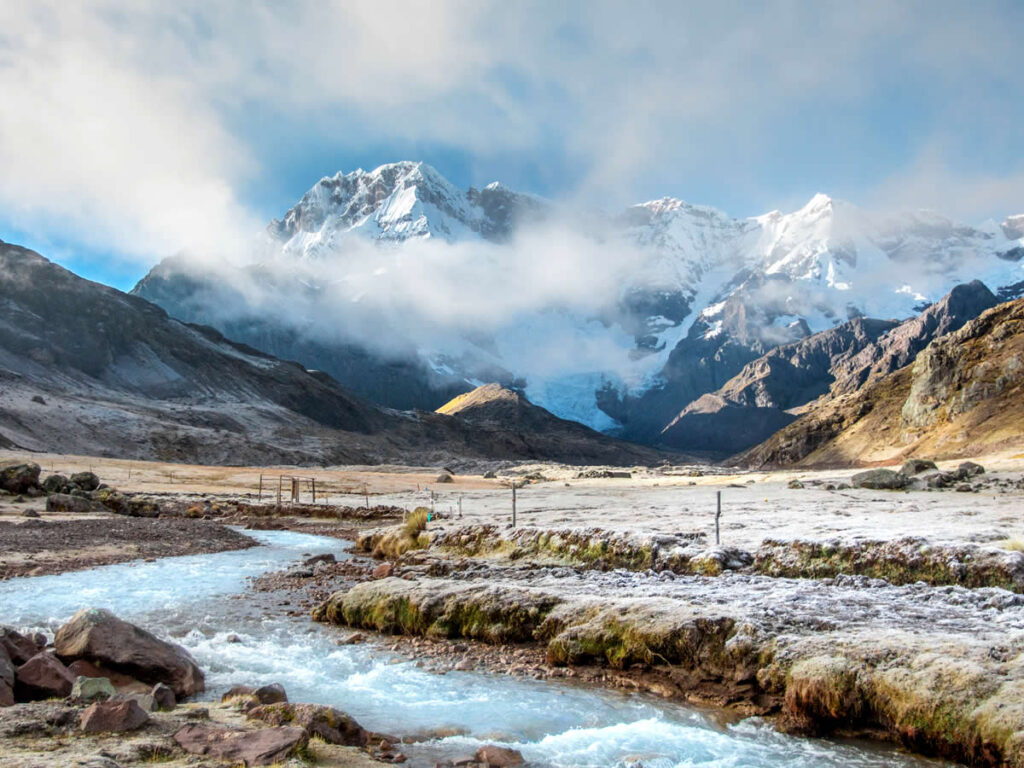
Ausangate Trek to Machu Picchu
If you have a little more time on your hands and want to see the magnificent ruins of Machu Picchu, then this is a great option for trekkers. The itinerary is almost identical to the 5 days Trek, until you get to the final day when things change slightly. Instead of trekking from Pajchanta to Tinki, you trek from Pajchanta to Laguna Armaccocha.
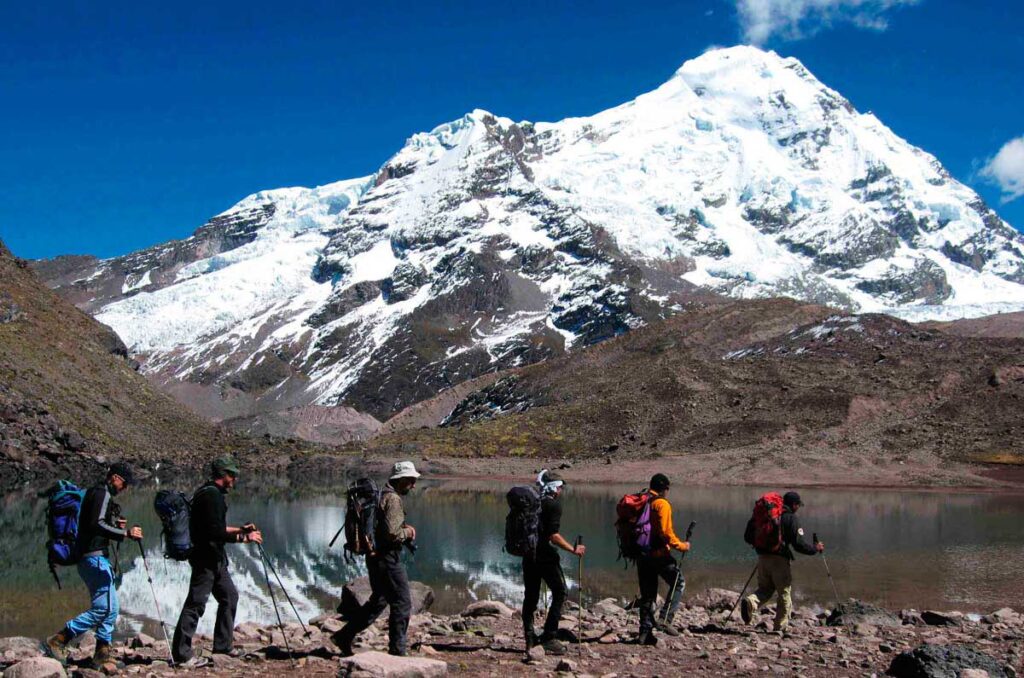
Ausangate to Phinaya
This alternative route to the classical circuit around the Mountain still offers the most spectacular views of this sacred Andean mountain before it deviates towards the impressive Sibinacocha Lagoon, leaving tourist crowds behind and entering an almost uninhabited area where you can truly commune with nature. The hike ends in Phinaya, a small and remote Andean community with just horses and bicycles as transportation.. An unforgettable trail for lovers of mountain trekking, or those searching for something different and away from the popular and traditional Ausangate Peru trek.
Rainbow Mountain Trek Peru
The Rainbow Mountain is one of the most majestic attractions present on the road to the Ausangate Mountain, tourists describe this tour in the saying ‘if you want to see the rainbow you have to face the storm’ which teaches us that there is always a reward for our efforts as well as a new opportunity.
It is cataloged by the magazine NATIONAL GEOGRAPHIC as one of the 100 places that must be visited before dying.
The colors of the mountain are due to the mineral composition that it has: the pink color is for the red clay, fangolitas (mud) and arilitas (sand). The whitish, for the white quartzose sandstone. Brown and purple, by limonites and marls, rich in calcium carbonate. The red is composed of the clay (iron) and clays belonging to the upper tertiary. The green is due to the compound of phyllites and clays rich in ferro magnesian. The earthy brown is the product of the fanglomerate composed of manganese rock belonging to the Quaternary era. And the yellow color due to the calcareous sandstones rich in sulphurous minerals.
To get to the Rainbow Mountain, you must take a transport from the city of Cusco to Pitumarca, the trip lasts approximately three hours, this small town south of the city of Cusco, where it normally supplies what is necessary as snacks, waters among others. After this brief stop you should head towards the town of Chillca, the starting point for the trek; 04 hours of hike ascends to the town of Machuraccay from where you can descend to the foothills of the Vinicunca apu. Already in this part of the way you can appreciate the beauties of the valley as small lagoons, streams among others, with the passing time, whenever it is possible to appreciate how everything is changing, the colors of the Rainbow mountain are appearing, thus generating an image very surreal in the area. Finally they will reach an approx. of 5, 033 MASL to the top of the Rainbow Mountain from where you can take photos and videos.
Hiking tours to Machu Picchu
Many are the routes that take you to Machu Picchu, but none is like the Inca Trail Tours, the most famous pedestrian path in the Americas. After flying from the capital of Perú, Lima, you will arrive in Cusco to walk for four days along a path through forests and dense fog, millenary stone steps and discovering the ruins of ancient fortifications and Inca cities, and all the time enjoying majestic views.
- Salkantay Trekto Machu Picchu 5 days
- Hiking the Inca Trail to Machu Picchu 5 days
- Inca Quarry Trail4 Days
- 2 Day Inca Trail Tour
- 2 Day Inca Trail with Camping
- 3 Day Inca Trail
- Vilcabamba Hike to Machu Picchu 6 days
- Choquequirao trek to Machu Picchu 9 days
- Ausangate trek 7 days
If you want to visit Machu Picchu, we recommend you to book your Machu Picchu Ticket in advance, so you will enjoy your Vacation in Machu Picchu without any problem.
When is the best time to hike to Machu Picchu?
The best season is during the dry season, which covers the months April to the end of September. In October the rains begin and you can find Machu Picchu covered by clouds. If you travel in June, we recommend you to book the Inti Raymi 2020 Tour that takes place in June 24th, and also hike the Palcoyo Mountain Tour, which is an incredible Rainbow Mountain located in the Andes.
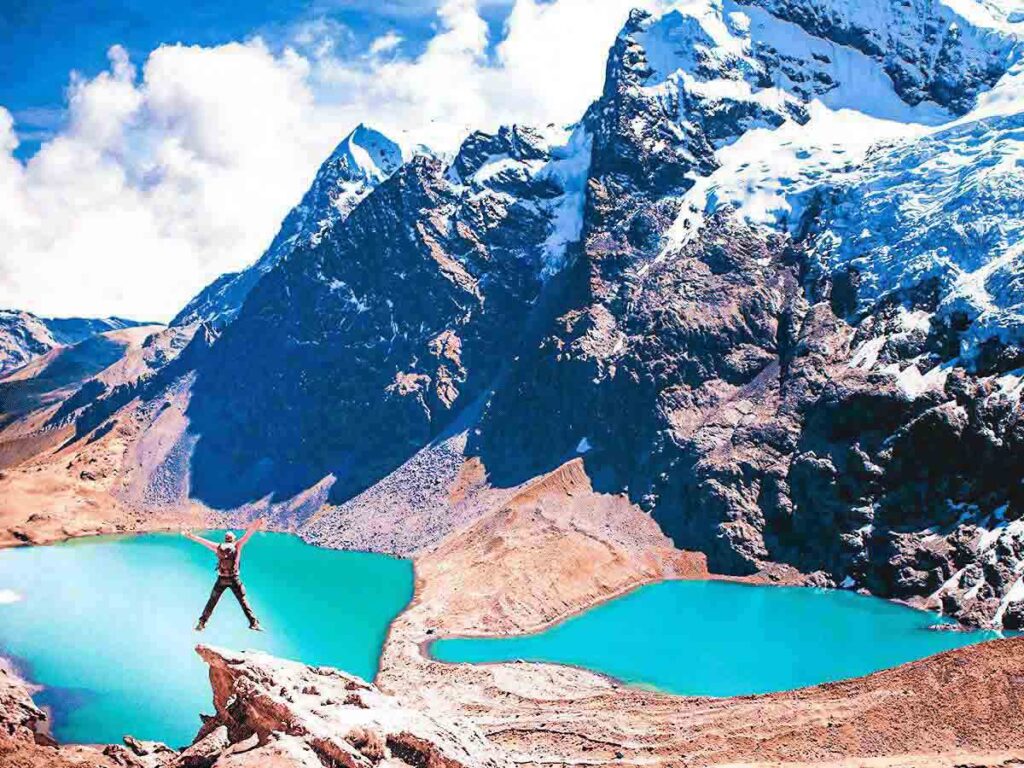
Ausangate Peru Festival
The pilgrimage to the sanctuary of the Lord Qoyllur Rit´i takes place every year in the month of May or June. The ritual, associated with the fertility of the land and the worship to the mountain gods, is part of one of the largest Native American festivals in America.
The main ceremony takes place at the foot of the Ausangate Peru mountain, the ritual consists of a pilgrimage of shepherds, merchants and onlookers who meet at the sanctuary of Sinakara in the village of Mawayany, at 4600 meters above sea level.
The festival begins on the day of the Most Holy Trinity, when more than 10,000 pilgrims ascend to the limit of perpetual snow. It reaches minimum temperatures of -4 ° C. The path is accompanied by a procession, fireworks and a market of miniature crafts. After five hours of walking, you will arrive at the sanctuary of the Lord Qoyllur Rit´i, you will immediately have to make the greeting of honor to the image of Christ. All the dancers make their official entrance, almost 200 groups giving their official greeting that lasts almost all night, accompany different dancers who symbolize various mythical characters.
The next day, the day of the serenade that begins with liturgical ceremonies in honor of miraculous christ or also called peasant christ. In the afternoon the serenade begins with a dance show parading through the atrium and interior of the sanctuary; at midnight a group of residents, leaves for the summits of the snow (6,362 msnm) in search of the Star of the Snow that is enclosed in its entrails and also where the baptisms of the new dancers and judgments are done by the guards where they punish those people who have made mistakes. Back in their communities, these strong settlers carry large ice blocks on their backs to symbolically water their lands with the sacred water of Ausangate Peru.
The central day after doing the ritual at sunrise the caravan comes down to the sanctuary; hours later the central mass is carried out. Then the procession of the Lord of Qoyllur Rit´i concludes with the farewell of each group of dancers who sing praises and prayers to finally return towards the population of Mahuayani, and get back tosoon to their places of origin.

